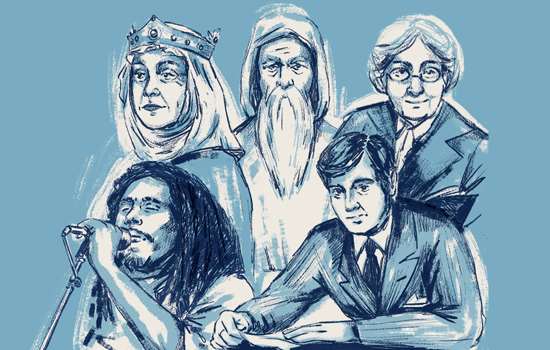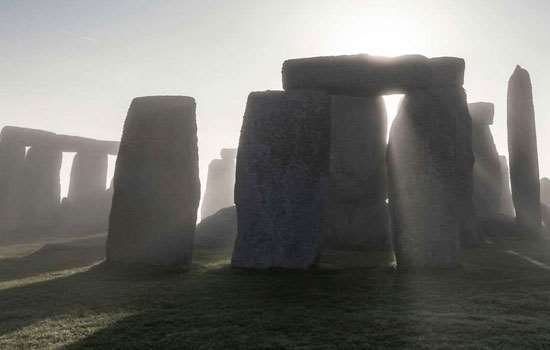Henry II, Becket and Dover Castle
How the consequences of Thomas Becket’s murder in Canterbury Cathedral 850 years ago may have influenced Henry II in creating Dover Castle’s Great Tower.
A lovely chapel occupies a secluded space in the Great Tower, the immense 12th-century centrepiece of Dover Castle. It is dedicated to Saint Thomas the Martyr – Thomas Becket – sometime chancellor to Henry II, king of England (reigned 1154–89) and Archbishop of Canterbury (1162–70). So, in this year, the 850th anniversary of Becket’s death, what links this chapel, Henry and Thomas?
Thomas Becket was murdered in 1170, in Canterbury Cathedral, by royal knights. Although there is no evidence that Henry ordered the murder, it came during a long dispute between the two men over the rights and powers of church and state. The disagreement was so bitter that Thomas spent six years in exile, while both men tried to achieve their aims through power politics. With Thomas dead after only five months back in England, Henry’s reputation was muddied, to say the least.
In 1173, Thomas was made a saint and his shrine at Canterbury attracted pilgrims from all over Europe. Many sailed into Dover, then journeyed overland to Canterbury. In 1174, Henry did penance for Thomas’s death by walking barefoot through Canterbury, by suffering beatings from bishops and monks, and by keeping overnight vigil at the shrine.
The year 1179 witnessed the sudden arrival at Dover of an extraordinary pilgrim: Louis VII, king of France (1137–80). Henry rushed to meet him, embarrassed by the absence of accommodation for a fellow king. More than anything else, it was probably this astonishing and unprecedented visit that inspired Henry to rebuild Dover Castle on a massive scale between 1179 and 1189.
In his new castle, Henry probably planned to accommodate and entertain the most important pilgrims in the Great Tower before they went to Canterbury. In so doing, he was not only projecting his regal power but also associating himself with the cult of St Thomas. Furthermore, he was striking a balance in which Canterbury might always be the city of Thomas the archbishop, but Dover was Henry’s, and the entrance to his kingdom of England.
Words by Paul Pattison
Illustration by Jasmine Whiteleaf


